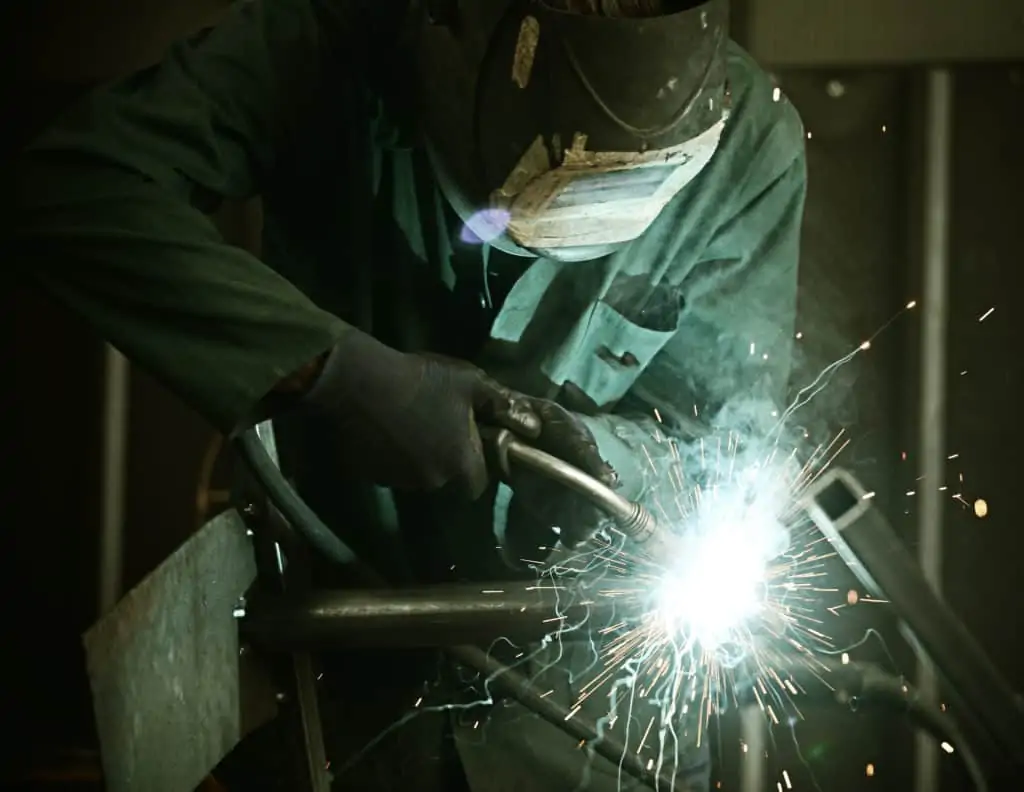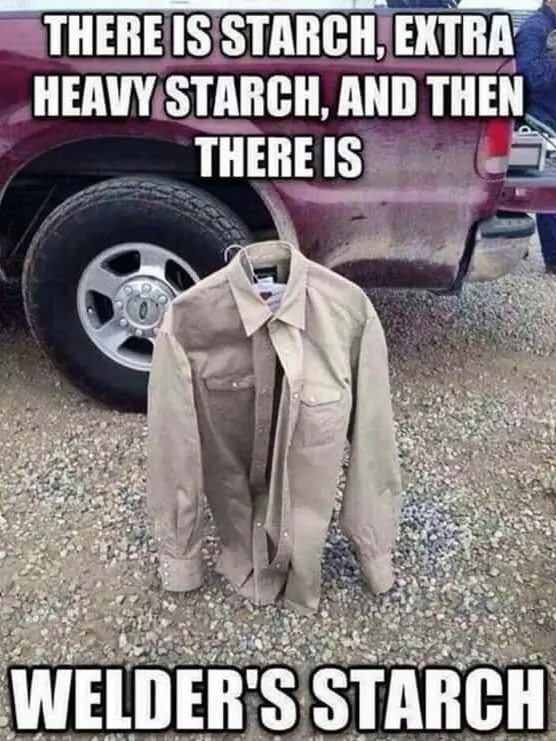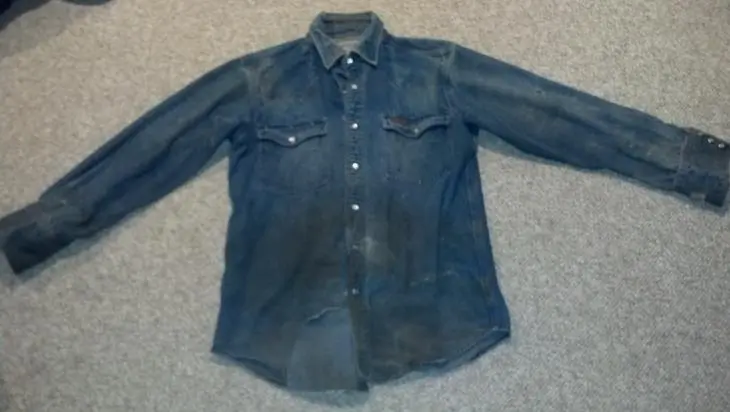Welders starch their clothes to create a flame-resistant barrier and reduce the risk of clothing igniting due to sparks or spatter. Starched clothes also help minimize the penetration of UV radiation from the welding arc, reducing the risk of skin burns and providing added protection during welding tasks.
Despite the stereotype that we’re pretty grubby guys, welders pay a lot of attention to our clothes. We’re probably some of the only people who still starch our clothes in the 21st century. Starching is the process of adding starch to clothing to repel dirt and wrinkles.
Welders starch their clothes because of the unique properties of fire-resistant welding clothes. Starching helps repel dirt and makes clothing more resistant to wear and tear. It also helps expensive welding clothes last longer.
Being a welder doesn’t require just thinking about machinery—you must also think about your clothes. Here is what you need to know about starching your clothes as a welder.

Table of Contents
Why Do Welders Starch Their Clothes?
There are a few reasons why welders starch their clothes.
1. Starching Makes Clothing More Resistant to Dirt
People used to starch their clothes in the days before washing machines, when doing laundry was a much bigger chore than it is now, because starching makes clothing more resistant to dirt. The starch creates an extra layer of protection that acts as a barrier in front of the fabric. Welding is very dirty, with lots of soot, ash, and debris flying around. Starch makes it less likely for the dirt to stick and easier to clean up any mess that does happen.
2. Starching Clothing Makes It More Fire-Resistant
Another reason starching was popular back in the day is that in the times of candlelight, clothing catching on fire was a much bigger problem than it is now. Guess who has to worry about clothing catching on fire today? That’s right, welders.
Starching creates a stiff outer layer of protection that is naturally flame resistant. While it won’t make a regular shirt magically resistant to a whole blaze, it can prevent sparks and hot slag from burning through your shirt and burning your skin. Even if your welding uniform is already fire-resistant, starching can add an extra layer of protection.
3. Starching Makes Welding Clothing Last Longer
Welding clothing that will protect you from heat, fire, and debris can get expensive. Ideally, you want your clothing to last for a long time, so you don’t need to pay through the nose to replace your pants in just a few months.
Starching your welding clothes helps them last longer because you make the clothing more resistant to burns, stains, and other damage that could shorten its lifespan. Starching ultimately saves you money.

Which Welding Clothes Need to Be Starched?
You need to starch if you have 100% denim or cotton welding clothes. Starching garments made out of natural fibers will create an extra protective layer.
While you don’t need to starch fire-resistant clothing because it is already protected thanks to the manufacturer coating, you can use starch if it makes you feel better to have an extra layer of protection.
You can’t starch most synthetic fabrics, such as polyester, because the starch doesn’t stick to those fibers.
How to Starch Welding Clothes
Here is a step-by-step guide to starching your welding clothes.
1. Gather Your Supplies
You will need a spray bottle; starch, such as Sta-Flo; hangers with swivel heads, and a press.

2. Set Up Your Starching Area
Hang your clothes on the hangers. Ensure you’re in an area where you can clean up easily, such as a tub or outside.
Put the starch in the spray bottle. Prime the spray bottle with a few pumps so it’s ready to go.
3. Spray the Clothes with Your Starch
Take your spray bottle and spray your clothing with the starch, making sure to cover every bit. Turn the handle around so you get the front and back of your clothes.
Let your clothes dry overnight.
4. Press Your Starched Clothes
Pressing seals the starched layer. Once your clothes are dry, use your steam press to create the crease. You can use a hand iron, but it will take much longer.

What Other Protective Equipment Is Required When Welding?
Starching your welding clothes gives you an additional layer of protection; however, starching alone is not enough protection during welding. You need plenty of other protective equipment, such as:
- Safety glasses
- A welding helmet
- Sturdy boots
- Heavy-duty gloves
- Earplugs
My complete guide to the protective equipment you should have before starting out.
Final Thoughts
Many welders starch their clothes, not because they care about their appearance while welding but because it is practical. Starching helps welding clothes last longer because it makes them more resistant to dirt, sparks, and other job hazards. Starching is also relatively easy at home and a great way to upgrade cotton or denim clothing.
